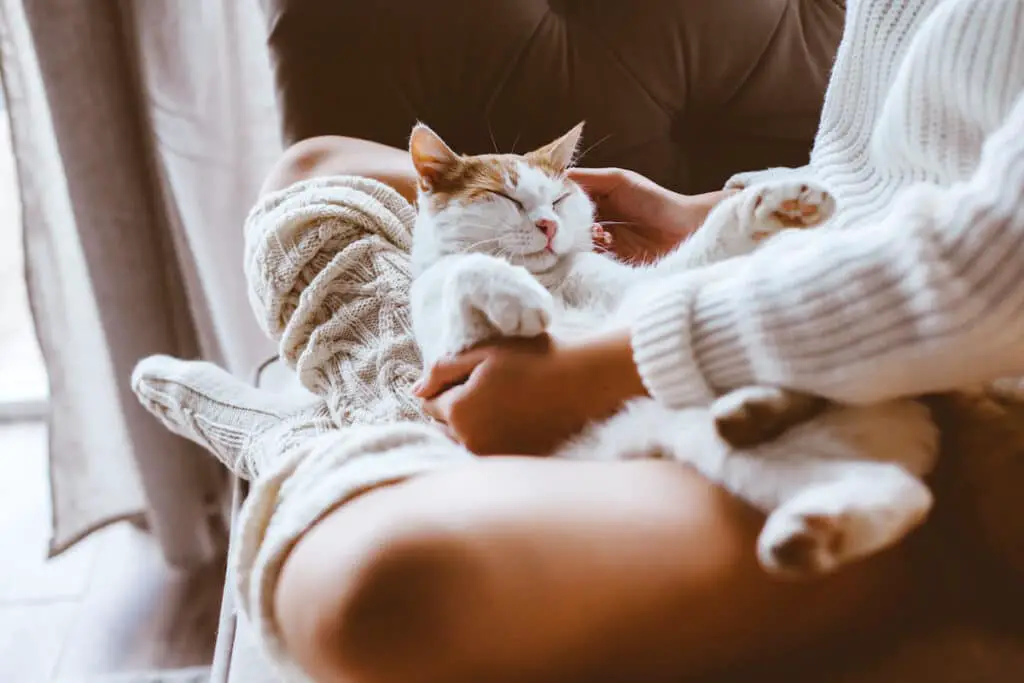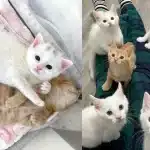A common myth states that a human year is equal to seven “cat years,” but in actuality, a cat is far more mature than a child when it is just one year old. This tutorial will teach you all about the lifespan of your cat and how old they are in human years.
How old is my cat in human years?
It is generally accepted that the first two years of a cat’s life are roughly equivalent to the first 25 of a human’s, despite the fact that there is no accurate scientific method to determine the relationship between human and cat years. Add four “cat years” for each additional human year after that. Accordingly, if your cat is six years old, they would be roughly 41 in human years.
Do cat years go by 7?
Trying to calculate the equivalent human years to cat years isn’t as simple as just incrementing by 7. This is because when a cat is younger each year they age increments by about 9 human years, and then falls to 4 years by middle age. Therefore, the average incremental yearly age for a cat can vary widely depending on their age, but generally 7 is a good average.
How many cat years are in a human year?
Your cat’s first year of life is compared to the first 15 years of human existence. Nine more human years are added to the total in the second year, making two cat years equal around 24 human years. After that, there are around four “cat years” for every extra human year.
Find out how old your feline friend is using our cat age calculator.
Fear not—we did all the math for you! You may quickly determine your cat’s age in human years by using our calculator at the bottom of the page.
What is the average cat’s life expectancy?
However, indoor cats often live longer than outdoor cats. The real answer is that it depends. The longevity of an indoor cat is typically 16 to 18 years, while some live to be venerable old age of 20. The average lifespan of cats varies according to breed because certain kinds naturally live longer than others. For instance, it is said that Siamese and Manx breeds have the longest lifespans, therefore they may live to a ripe old age in human years!
The lifespan of cats has significantly increased over the past few decades. We are spending more and more time with our feline friends, even though it is never enough, and that can only be a good thing.
How can I tell my cat’s age?
It’s better to take your cat to the vet to get an age estimate. However, you can still search for obvious indications of a cat’s age and health.
Teeth
While teeth can’t tell you exactly when your feline friend’s birthday is, they are still a wonderful age indication for cats. The benchmarks are:
- The first teeth of a kitten erupt between two and four weeks.
- About four months after birth, their white permanent teeth erupt.
- Your cat may be between the ages of one and two if there are yellow stains (also known as tartar) on a few of its teeth.
- The cat is probably between three and five years old if the stains are present on all of its teeth.
- Missing teeth typically indicate that your cat is between 10 and 15 years old, a respectable senior.
- However, regardless of age, some cats may simply have worse teeth than others.
Eyes
If your cat’s teeth aren’t always the accurate age sign you hoped for, looking at its eyes can help. The distinction between a smooth iris and one with visible cracks is comparable to that between a young and an old cat. Cats’ eyes typically begin to fog after the age of 12. Additionally, you probably have an elderly cat on your hands if you observe tears and eye discharge.
Muscles and bones
Consider aspects that can help you determine your cat’s age because appearances can conceal age. Like humans, cats have better muscular definition when they are more active. A juvenile cat enjoys jumping, running, and playing. Therefore, if you observe that your cat tends to lose muscle mass or isn’t very active, this could be an indication of aging. Older cats may have more boning, sagging skin, or shoulder blades that are projecting.
Coat
Age causes a cat’s fur to alter. Only young cats often have fine, silky fur. Older cats typically have rougher, thicker fur with gray hair patches. You are now fully informed about cat lifespans and how to convert cat ages into human years. For more information about cats, including kittens and geriatric cats, keep reading our content hubs.














